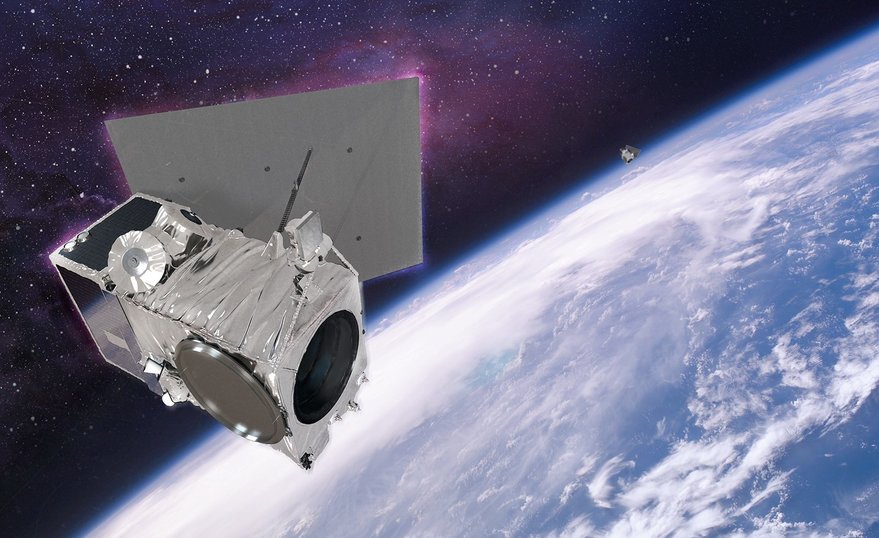Jim McClelland: “I give a lot of credit to the cubesat guys.”
WASHINGTON — Technological advances in small satellites are helping improve spacecraft designs and pushing the industry to take more risks, Jim McClelland, vice president of mission architecture at Maxar Technologies, said Feb. 10 at the SmallSat Symposium.
“It’s been a very exciting transformation of the industry,” he said. “I have to actually, oddly enough, give a lot of credit to the cubesat guys.”
McClelland noted that a decade ago, startups and universities could not afford to spend tens of millions of dollars on a satellite development. “They only had a million dollars, and they started launching, and lo and behold, they didn’t burn up and die immediately. They were actually able to accomplish things.”
Maxar hired McClellan to help diversify the company’s space business across the commercial, civil and national security markets. Maxar’s core businesses are space infrastructure and space-based geospatial intelligence.
McClelland worked at Maxar’s DigitalGlobe more than a decade ago. He is now back at the company after stints at Airbus, OneWeb Satellites, Millennium Space Systems and Skybox Imaging.
“Certainly one of my reasons for returning to Maxar was to bring more of that disruptive perspective to the smallsat side of what we’re trying to do,” he said. “One of the things that is really kind of fun to watch is that the ecosystem of all the suppliers is really starting to get some momentum and be fed by the fact that there’s all of these different activities going on and all this interest.”
The industry is benefitting from “clever designs and cutting edge technologies in new ways that we hadn’t seen in the past because everything was so fueled in the prior decades by very risk averse postures,” McClelland said.
Now the thinking is that “we can take some chances. We can launch some things and we can learn from what we launch,” he said.
CEO talks defense market
Maxar’s CEO Daniel Jablonsky said on Wednesday that the company expects to grow its government business by offering commercially developed products and service at fixed prices.
DoD should communicate to the industry the problems it needs solved and allow companies to bid solutions, rather than pay contractors to develop custom products, Jablonsky said at an Atlantic Council online forum.
How DoD incentivizes the industry makes a difference, he said. If the government asks a contractor to build something on spec over a long period of time, the incentive is to make the project last longer which adds cost. “If you pay on a time and materials basis, then you’ll get more time and usually more materials,” said Jablonsky.
Conversely, the government could say: “Hey look, this is a hard problem we’re trying to solve, we’re not quite sure how to solve it. But let us bring you behind the doors and let us tell you about what it is that we’re wrestling with, and then see if you can provide solutions to us.”
The government can get more innovation through competition, said Jablonsky. “And we want to do it on a firm fixed price and here’s the schedule. Everybody compete, and that’s a really great place as a technology and innovative company to be.”
Companies however have to balance risks against the demands to generate returns for investors. “It’s very expensive to get to space, to operate in space. But it’s doable and commercial companies are pushing the edge really fast these days.”
Jablonsky said there are 400,000 users in DoD and the intelligence community of Maxar’s geospatial intelligence products. To improve these services, he said, the company is building six new satellites for Earth observation, and is developing advanced artificial intelligence algorithms and 3D models.
